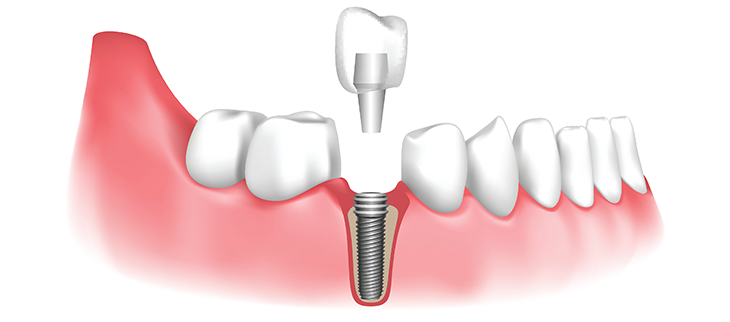
Teeth implants are prostheses that are integrated into the jaw or skull. They provide a stable foundation for dental prostheses and can even act as an orthodontic anchor. They can be used to replace missing teeth and improve your smile. To learn more about dental implants, read on. This article focuses on the process of dental implant surgery and what you can expect.
Table of Contents
Anesthesia Options For Dental İmplants
When undergoing dental implant surgery, you have a few different anesthesia options. Some procedures are performed under local anesthesia while others require a general anesthetic. Both can make you feel relaxed and comfortable during the procedure. You can also ask your dentist about sedation options if you are nervous about having the procedure.
One of the most common forms of sedation is IV sedation. This type of anesthesia puts patients into a deep, sleep-like state for the entire procedure. The medicine is delivered through an IV to the patient’s vein, which makes them unaware of their surroundings. IV sedation is effective for patients who are nervous about dental procedures. It can also be used for patients who have a history of bad dental experiences, are afraid of the dentist’s office, or have severe physical limitations.
In most cases, a dental implant procedure is performed using local anesthesia. This is used to provide numbness to the dental implant site and ease minor oral pain. While general anesthesia is not always recommended, it can be used if several implants are needed. Local anesthesia can also be used for implant-supported dentures.
Bone Grafting
Bone grafting for teeth implants is a procedure that restructures the jaw to allow for a successful dental implant. Without it, the jaw may suffer from bone loss and the new tooth may not fit correctly. In addition, without the proper bone structure, the gums and lips will change appearance, and the skin around the jaw may begin to wrinkle.
Bone grafting for teeth implants can be done in a dental office or as an outpatient procedure. To start, a 3D X-ray image is taken of the jawbone. Then, an anaesthetic and IV sedation will be administered. In some cases, bone grafting will be required on the sides of the implant. After that, the surgeon will clean the area and expose the graft.
A dental surgeon may use titanium screws or wires to hold the bone together. Once the procedure is complete, the patient will need a period of healing. This may last between four to six months. Following the procedure, patients should follow their doctor’s instructions carefully and consult a dentist for a second opinion.

Implant Placement
In the majority of cases, the correct placement of dental implants is achieved through careful planning. Using a CT scan, the surgeon can evaluate the surrounding anatomy and the precise size of the dental implant, ensuring a successful and safe implant. In addition to CT scans, doctors can also use a 3-D computer model of the jawbone to determine the size and position of the implants.
However, dental implants can pose risks to some patients. Those with certain medical conditions should avoid this procedure, particularly if they are pregnant or on immunosuppression. It is also not recommended for children, as their jawbones are still developing. And people who grind or clench their teeth should also avoid this treatment.
If you are considering dental implant surgery, you need to consider the prosthesis you will get. Ideally, your new teeth will look and feel just like your own. Therefore, the surgery should be driven by your desired restoration. It is vital that you know what type of prosthesis you want before the procedure. This is because the prosthesis determines the size and shape of the implant bodies, as well as the amount of bone that is available.
Recovery Time
Recovery time for teeth implants depends on the individual patient’s needs. After surgery, patients should avoid heavy exertion and brushing the implant site. Patients should avoid chewing hard foods until the implant site stops bleeding and has healed. After three days, patients may resume eating soft foods. Some people experience some swelling and pain at the site.
Recovery time can range from a few weeks to a few months, depending on the type of implant and the type of bone grafting. Lower jawbone implants typically heal faster than implants on the upper arch. The length of recovery will depend on many factors, including the individual’s oral health, the type of implants, and whether the patient needs grafting. Patients should see a dentist regularly throughout the healing process for the best results.
The success rate of dental implants is about 98 percent, but individual patient results will vary. Generally, patients recover fully after about six to eight weeks. There are several factors that can affect the length of recovery, however, including age and health. Patients who have a history of diabetes or poor bone density may experience a longer recovery period.







